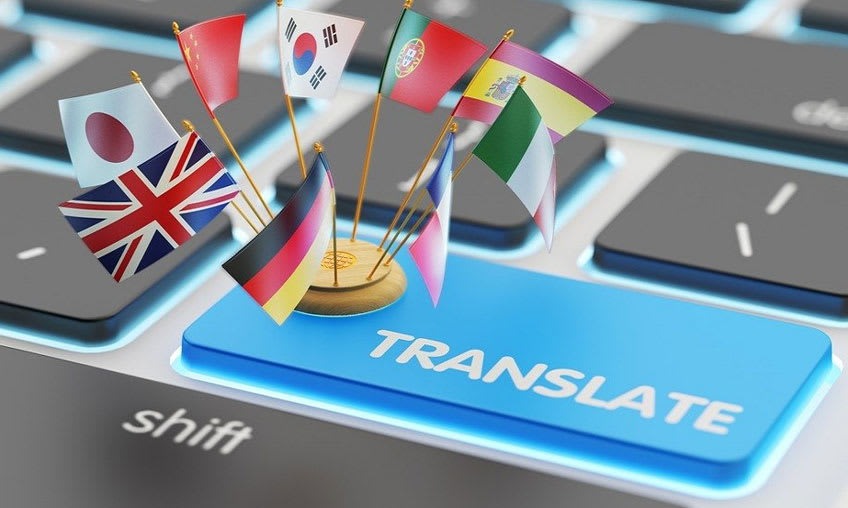In our increasingly interconnected world, language should never be a barrier to communication. Thanks to advancements in Optical Character Recognition (OCR) technology, we now have powerful tools at our disposal to break down these language barriers effectively. In this article, we will delve into the world of OCR and explore how it can be harnessed for text translation. With a decade of experience in the field, we will provide expert insights into the key aspects of OCR-based translation, its applications, and its impact on various industries.
Understanding OCR: The Foundation of Text Translation
Optical Character Recognition, commonly known as OCR, is a technology that enables the conversion of printed or handwritten text into machine-readable data. It functions by scanning the text, identifying characters, and then converting them into a digital format. OCR technology has come a long way since its inception, evolving to recognize a wide range of fonts, languages, and even complex layouts.
The OCR Process
The OCR process involves several essential steps:
- Scanning: The first step is to capture an image of the text, which can be a printed document or a handwritten note.
- Preprocessing: The captured image undergoes preprocessing to enhance its quality, including tasks like noise reduction and image rotation correction.
- Text Detection: OCR algorithms then identify and locate text within the image, segmenting it into individual characters or words.
- Character Recognition: This is where the OCR engine identifies and translates each character into a digital representation.
- Post-processing: The final step involves refining the recognized text and correcting any errors that may have occurred during character recognition.
OCR and Multilingual Text Translation
Now that we’ve grasped the fundamentals of OCR, let’s explore its role in breaking down language barriers through text translation.
Real-time Translation
OCR technology, when coupled with translation algorithms, can enable real-time translation of printed or handwritten text. Imagine visiting a foreign country and instantly understanding street signs, menus, or documents in a language you don’t speak. OCR-driven translation apps and devices make this a reality. They capture text using a camera, process it through OCR, and then provide translations on the spot. This has significant implications for travelers, businesses, and international relations.
Digital Document Translation
In the corporate world, the need to translate digital documents is paramount. From legal contracts to technical manuals, businesses often deal with documents in various languages. OCR can streamline this process by automatically detecting and translating text within these documents. This not only saves time but also ensures accuracy, reducing the risk of misinterpretation.
Accessibility for All
OCR-based translation is a game-changer in making digital content accessible to individuals with language disabilities. By converting text into their preferred language or providing audio translations, OCR technology promotes inclusivity and ensures that information is readily available to everyone, regardless of their linguistic abilities.
Applications Across Industries
OCR-powered text translation has found applications across diverse industries, enhancing efficiency and accessibility.
Healthcare
In the medical field, quick access to multilingual patient records and medical documents can be a matter of life and death. OCR technology enables healthcare professionals to instantly translate patient histories, prescriptions, and research papers, ensuring that critical information is never lost in translation.
Legal
Legal professionals dealing with international cases often grapple with documents in foreign languages. OCR-driven translation tools aid lawyers in comprehending legal texts, contracts, and case documents, ensuring precise interpretation and reducing legal disputes arising from language ambiguity.
Education
Language should never hinder learning. OCR facilitates the translation of educational materials, textbooks, and research papers, making knowledge accessible to students worldwide. This opens up opportunities for cross-cultural collaboration and academic excellence.
The Future of OCR and Translation
As OCR technology continues to advance, we can expect even more accurate and efficient text translation solutions. Integration with artificial intelligence and machine learning promises to enhance context understanding and language nuances, resulting in translations that are not only accurate but also contextually relevant.
In conclusion, OCR technology has emerged as a powerful tool for unlocking language barriers. Its applications in real-time translation, digital document handling, and accessibility improvement are transforming industries and connecting people from different linguistic backgrounds. As we look ahead, the synergy of OCR and translation technologies holds the potential to make our world truly global, where communication knows no boundaries.


